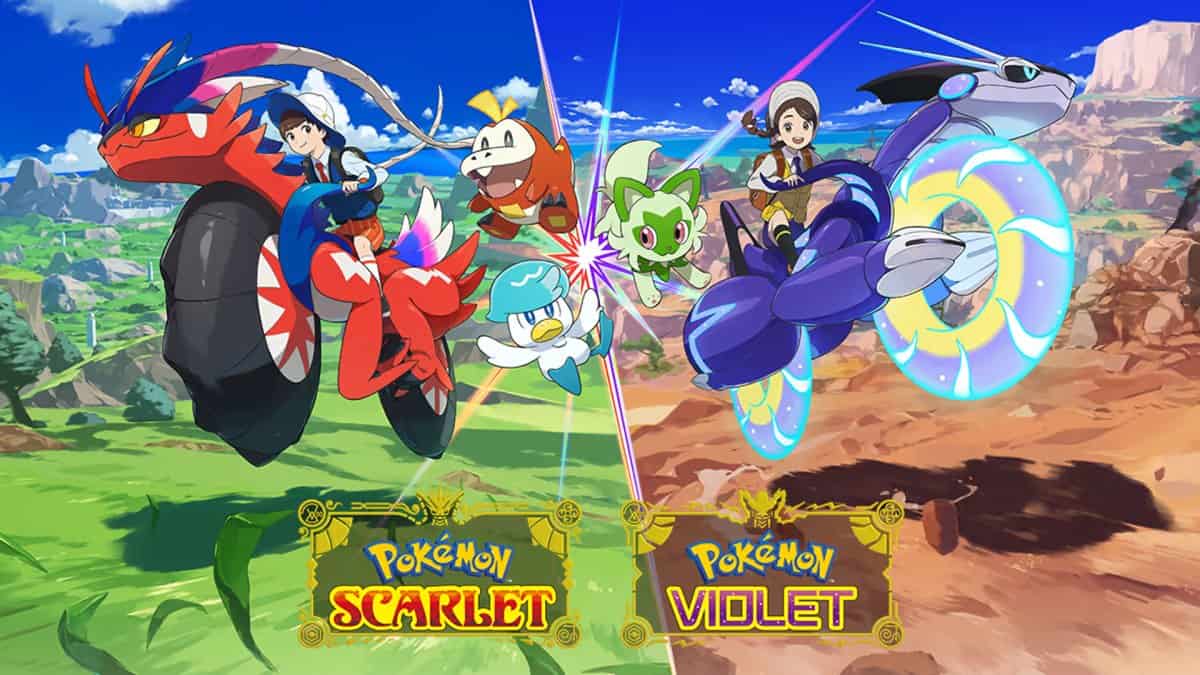Pokémon is a franchise that has been around for well past 25 years, and as such, it has a myriad of games to choose from. Today we’re looking at the main game list that was released in chronological order and their release order.
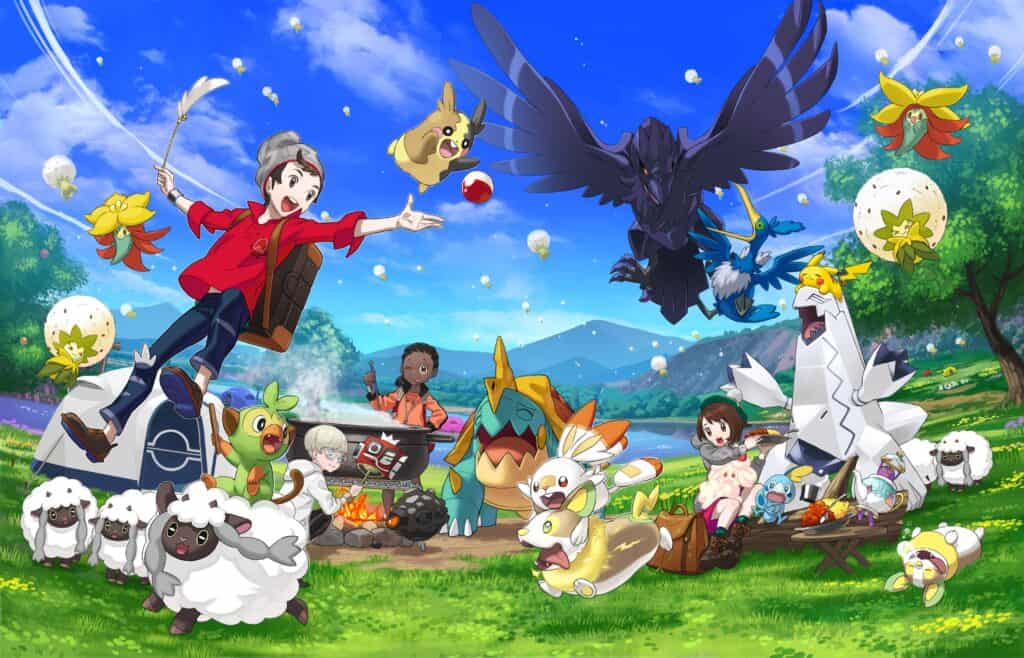
©GOLIN/[email protected]
Here are the games in chronological order:
- Pokémon Legends: Arceus – Nintendo Switch
- Pokémon Red, Green, Blue, and Yellow – Game Boy
- Pokémon Ruby, Sapphire, and Emerald – Game Boy Advance
- Pokémon Gold, Silver, and Crystal – Game Boy Color
- Pokémon Diamond, Pearl, and Platinum – Nintendo DS or any of their remakes
- Pokémon Black and White – Nintendo DS
- Pokémon Black 2 and White 2 – Nintendo DS
- Pokémon X and Y – Nintendo 3DS
- Pokémon Sun and Moon or Ultra Sun and Ultra Moon – Nintendo 3DS
- Pokémon Sword and Shield – Nintendo Switch
- Pokémon Scarlet and Violet – Nintendo Switch
And then for Release Order:
Gen 1: The First of Pokemon
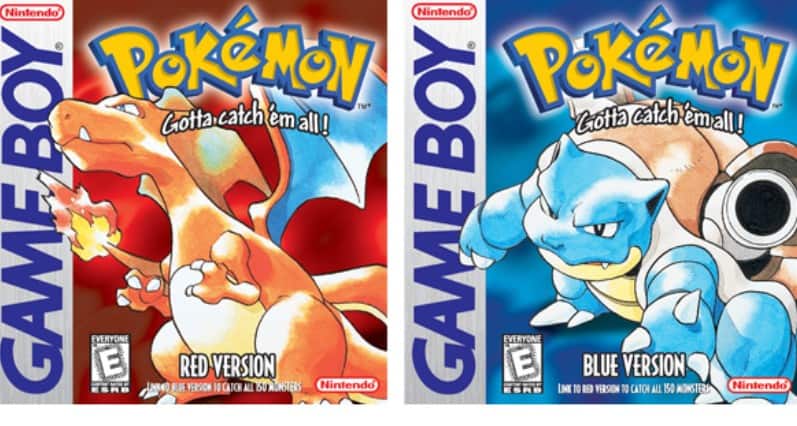
©Cover art for Pokémon Red and Blue. – License
Pokémon Red, Green, Blue, and Yellow
The first Pokémon games to ever be released. First published on the Game Boy, Trainers first set out on their journey in the Kanto region. Given how similar these titles are, with only minor differences between them (Green was released only in Japan, and Yellow is a revised version of them), they are being grouped up in Generation 1.
Without these games, Pokémon would not be the international powerhouse of an IP it is today.
Gen 2: Gold/Silver
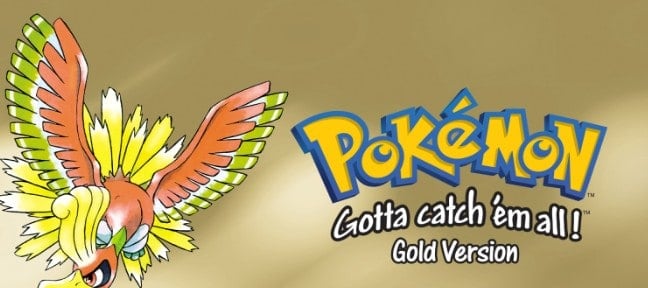
©Cover art of Pokemon Gold – License
Pokémon Gold and Silver (1999) and Pokémon Crystal (2000)
Gold and Silver added 100 Pokémon to the roster and players got to explore the Johto region of the Pokémon world. Much like the first game, the goal is to travel across the land, earn gym badges from Gym leaders, and defeat the evil Team Rocket.
But there is one last secret in store for players who beat the game. Or rather, one more region. The old region of Kanto was available to players to explore once they conquered all the Johto region had to offer. There, the players could once again challenge gym leaders, with the ultimate opponent of the game being the last person the player could ever expect…
Pokémon Crystal contained a few updates to the game, such as a new subplot with the Legendary Pokémon Suicune, and offering the player to choose their character’s gender.
Gen 3: Ruby, Sapphire, Emerald
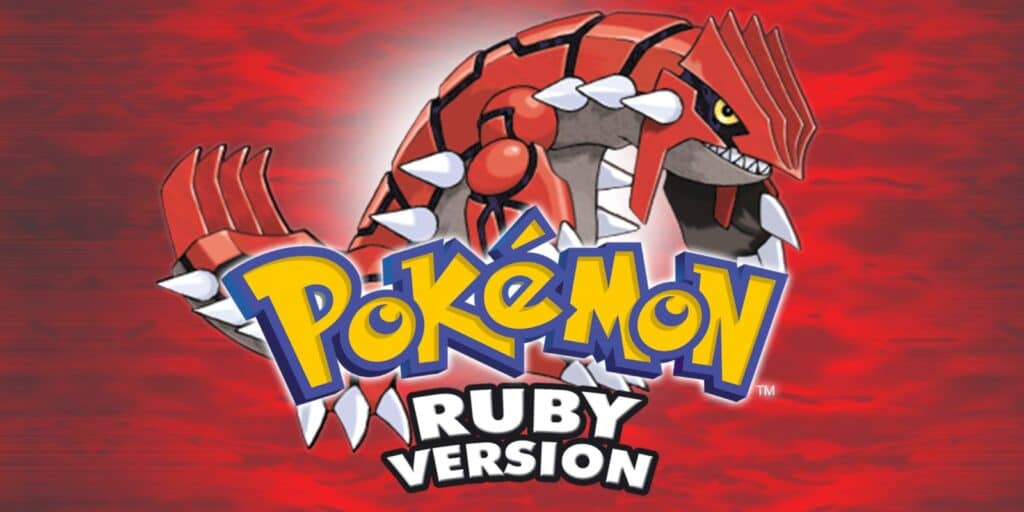
©Pokemon Ruby Version – License
Pokémon Ruby and Sapphire (2002) Pokémon Emerald (2004)
Released on the GBA, Pokémon Ruby, and Sapphire took players to the Hoenn region, and once again, 100 Pokémon were added to the Pokedex. Unlike previous games though, this time, the player has to contend with two evil teams. Team Magma and Aqua, both of whom are connected to the legendary Pokémon of this generation.
Emerald, like the others, is an updated re-release that sports new features.
Gen 4: Diamond, Pearl, Platinum
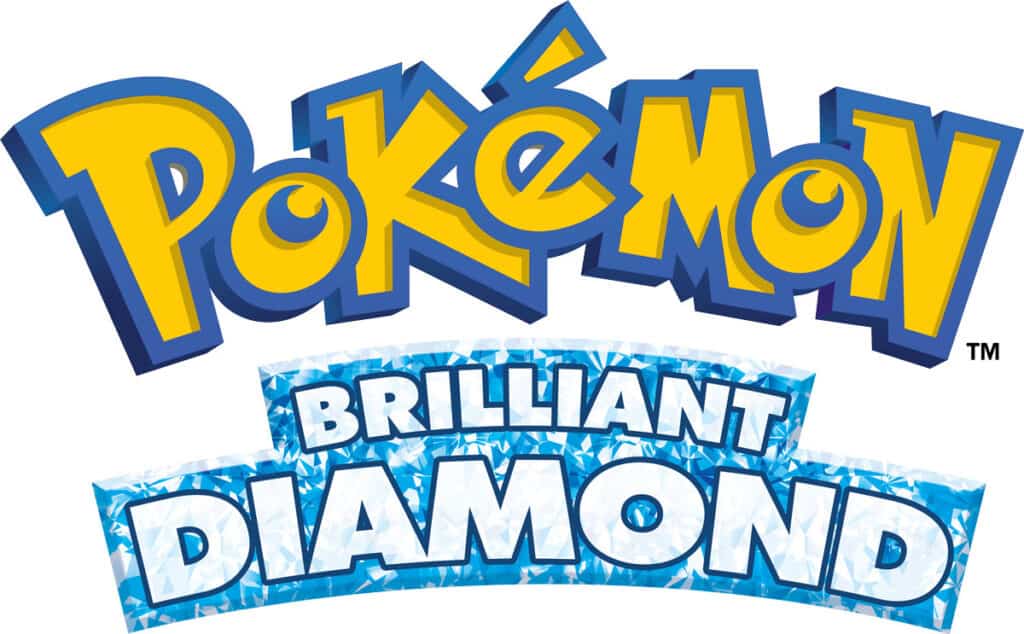
Pokémon Diamond and Pearl (2006)
Pokémon Platinum (2008)
It takes place in the Sinnoh region this time, and sports a familiar plot of a young child who aims to be the best like no one ever was. In Diamond and Pearl, the player explores the region, trying to uncover the mystery behind the supposedly innocent Team Galactic. Taking advantage of the DS’ hardware to introduce online functionalitly, players could now fight against each other across the globe. Or trade, or chat.
Gen 5: Pokemon Chess
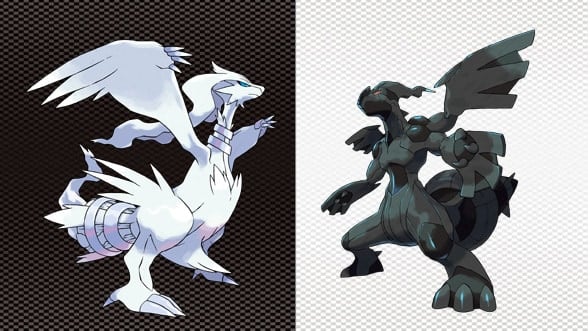
Pokémon Black and White (2010) Pokémon Black 2 and White 2 (2012)
Unlike the others, the Pokémon Black and White series is unique as it doesn’t have a re-release. Instead, the second game in the generation is the direct sequel to the first game. Notable for having one of the best stories in the series, Pokémon Black and White also has the unique feature of having no gen I-IV Pokémon in the region, consisting solely of the ones native to the region of Unova.
Gen 6: Pokemon Variables
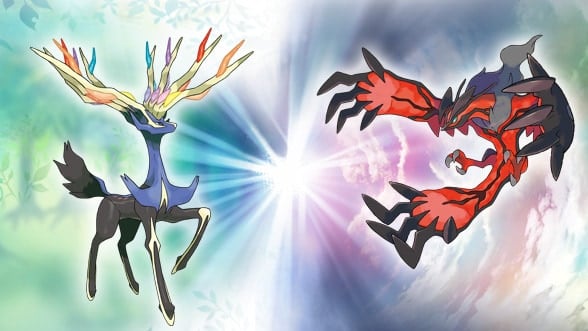
Pokémon X and Y (2013)
The first game to be released on the 3DS, set in Kalos (which is modeled after France). This game introduced two new features, the Fairy type Pokémon, and Mega Evolution, turning your already dangerous Pokémon into ever stronger versions of themselves. In addition, a Pokémon fan favorite, Evee, gained a new Eeveelution, Sylveon, which doesn’t sound like much, but it earned its own announcement.
Gen 7: Sun and Moon, Ultra Sun and Moon
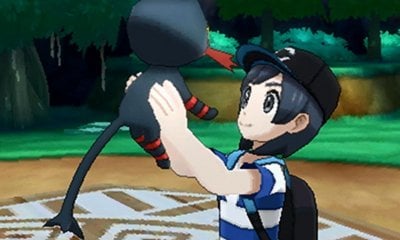
Pokémon Sun and Moon (2016) Pokémon Ultra Sun and Ultra Moon (2017)
Like the other games, this game takes place in a new region, called Alola (based in Hawai’i). There, the player travels across four islands (a departure, as previous regions took place on a large land mass). Pokémon Sun and Moon has notable changes to the usual formula.
For starters, the graphics have become more realistic, shifting away from the stylized version Pokémon fans have come to expect. What’s more, Z-Moves have been added, which allow any Pokémon to unleash a powerful attack based on their Type.
Gen 8: Sword and Broad
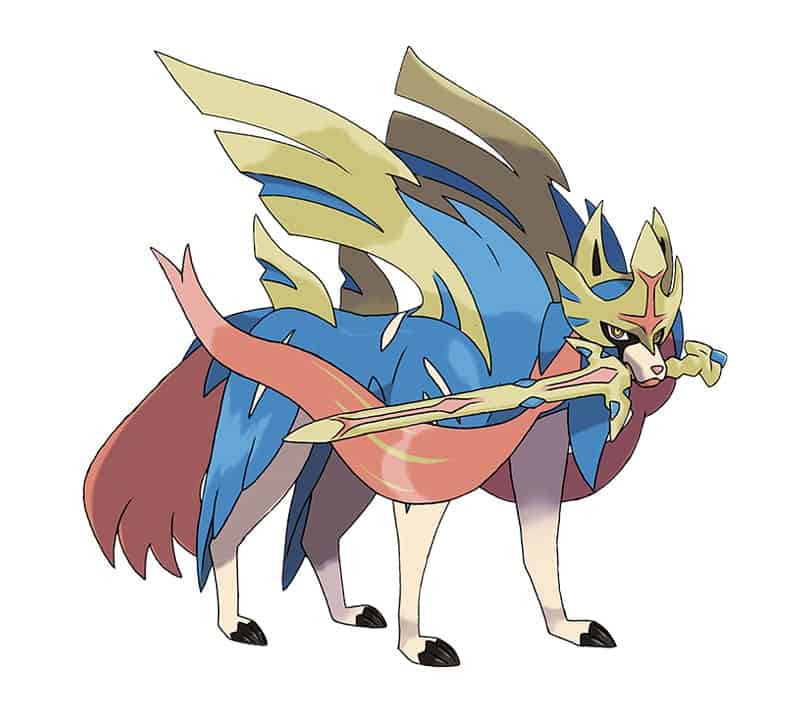
Pokémon Sword and Shield (2019)
The first game on the Nintendo Switch, Pokémon Sword and Shield replaces a few features, such as Mega Evolution, and instead replaces them with new ones. Dynamaxing and Gignamtax forms, the latter of which turns a Pokémon into a gigantic version of themselves. Notable for also having a spin off anime (not the main series staring Ash and Pikachu), but instead, having its own called Twilight Wings. Which is about the various Gym Leaders the player encounters on their journey.
Gen 9: Scarlet and Violet
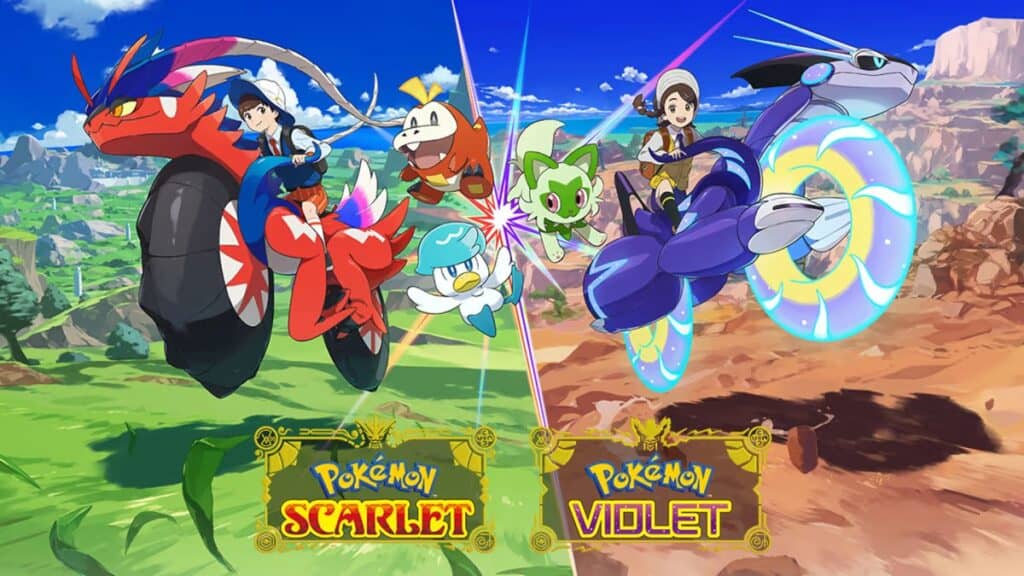
Pokémon Scarlet and Violet (2022)
Unlike the other games in the series, this one is a fair bit more unique! First released on the Nintendo Switch, this game deviates from the usual “become a Pokémon Master” plots by having the player instead go to the Paldea Academy. There, the player helps out the various professors and goes on a Treasure Hunt. Notable for being the first modern day “free roam,” with the ability to ride motorcycle Pokémon. How that works, this writer has no idea, but it is cool!
What about the others?
And then after that, we have the Pokemon Stand Alone games, as seen here:
- Hey You, Pikachu! (1998)
- Pokémon Snap (1999)
- Pokémon Pinball (1999)
- Pokémon Stadium (1999)
- Pokémon Puzzle League (2000)
- Pokémon Puzzle Challenge (2000)
- Pokémon Stadium 2 (2000)
- Pokémon Channel (2003)
- Pokémon Colosseum (2003)
- Pokémon Mystery Dungeon: Blue Rescue Team and Red Rescue Team (2005)
- Pokémon Dash (2004)
- Pokémon Trozei! (2005)
- Pokémon XD: Gale of Darkness (2005)
- Pokémon Ranger (2006)
- Pokémon Battle Revolution (2006)
- Pokémon Mystery Dungeon: Explorers of Time and Explorers of Darkness (2007)
- Pokémon Ranger: Shadows of Almia (2008)
- Pokémon Mystery Dungeon: Explorers of Sky (2009)
- PokéPark Wii: Pikachu’s Adventure (2009)
- Pokémon Ranger: Guardian Signs (2010)
- Pokémon Rumble Blast (2011)
- PokéPark 2: Wonders Beyond (2011)
- Learn with Pokémon: Typing Adventure (2011)
- Pokémon Mystery Dungeon: Gates to Infinity (2012)
- Pokémon Conquest (2012)
- Pokémon Rumble U (2013)
- Pokkén Tournament (2015)
- Pokémon Go (2016)
- Pokkén Tournament DX (2017)
- Pokémon Mystery Dungeon: Rescue Team DX (2020)
The image featured at the top of this post is ©Nintendo.
